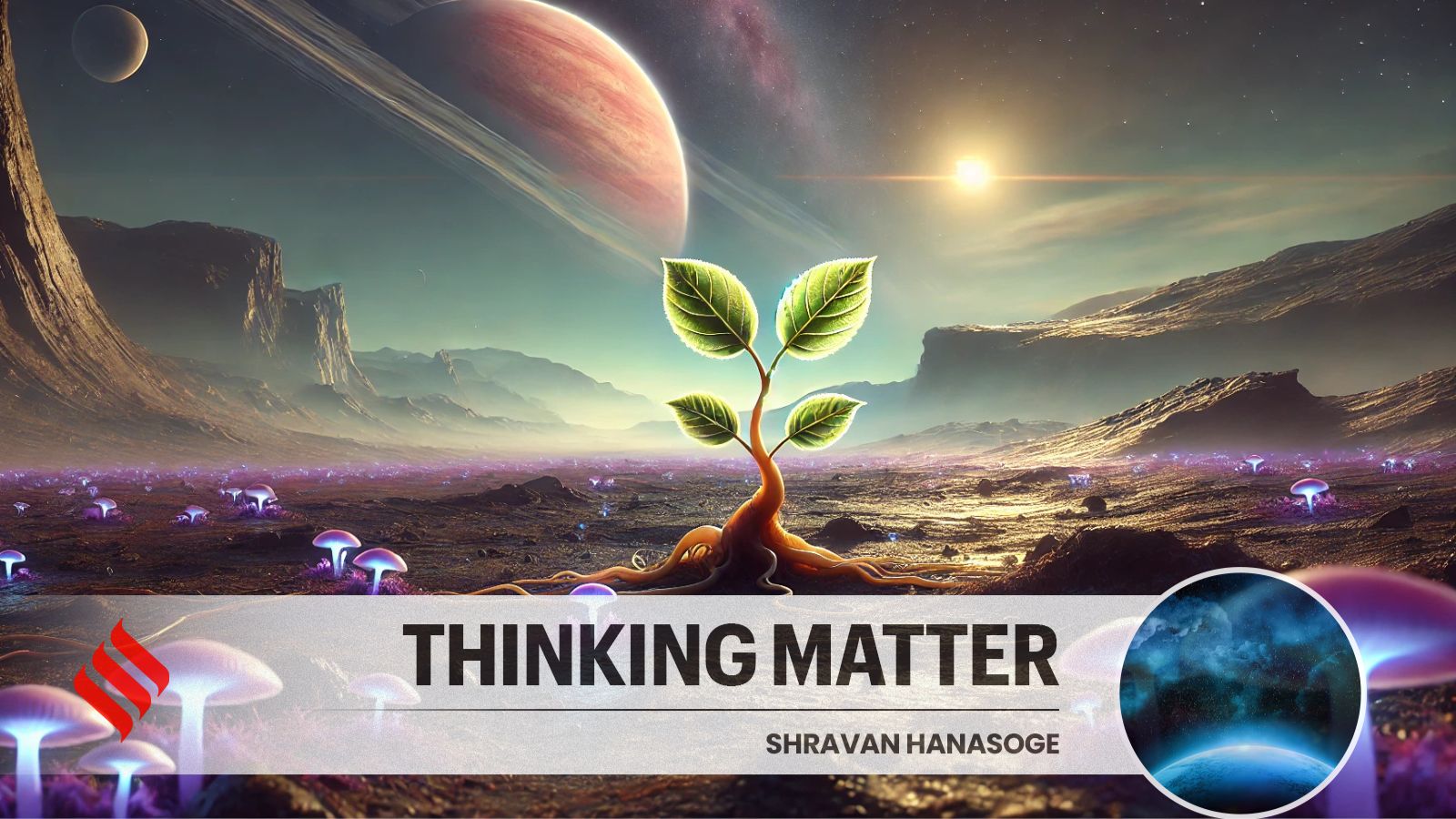Until the mid-1990s, the question of planets beyond our solar system was largely left to science fiction. Then, in 1995, Swiss astronomers Michel Mayor and Didier Queloz discovered 51 Pegasi b, a planet orbiting a star 50 light-years away. It was a gas giant, nothing like Earth, but it opened the floodgates.
Today, thanks to space missions like Kepler and TESS, we’ve discovered over 5,000 exoplanets — planets outside our solar system — many in so-called “habitable zones” where liquid water could exist. This has transformed the age-old question “Are we alone?” from a philosophical musing to an empirical investigation.
How do we find these planets?
Exoplanets are too faint and too close to their stars to be seen directly, so astronomers rely on indirect methods. The most common is the transit method — watching for tiny dips in a star’s brightness as a planet crosses in front of it. Another is the radial velocity method, where a star’s slight wobble, caused by the gravitational tug of an orbiting planet, can be detected via Doppler shifts in its spectrum.
Both techniques have yielded astonishing results, revealing systems with hot Jupiters, tightly packed rocky worlds, and planets with bizarre orbital inclinations. Some systems bear a faint resemblance to our own, others seem drawn from alien architecture.
The Goldilocks Zone
Among the thousands of exoplanets discovered, a tantalizing subset lies in the “habitable zone”, the region around a star where temperatures might allow water to remain liquid. Earth, of course, is the classic example. Venus is too hot, Mars too cold. But Kepler-186f, TRAPPIST-1e, and others sit in this just-right range.
Yet being in the habitable zone is no guarantee of habitability. Planetary mass, atmosphere, magnetic fields, and geological activity all matter. A planet might be in the perfect spot and still be a lifeless rock, or a broiling hellscape.
Story continues below this ad
What might life look like elsewhere?
Life on Earth is staggeringly diverse, from heat-loving microbes near volcanic vents to fungi that thrive in radioactive waste. This suggests that life, once started, can adapt to wildly different environments. But what might it look like on another planet?
The short answer is: we don’t know. Most speculation focuses on microbial life, as it is hardy and appeared early in Earth’s history. More complex organisms might exist where conditions allow for stability over billions of years. A thicker atmosphere could support flying creatures with massive wingspans; a dimmer sun might favor organisms with sensitive infrared vision.
Some exoplanets may be ocean worlds with no land at all. Others could be tidally locked, with permanent day and night sides. Life, if it exists, would adapt to these alien rhythms. We may one day encounter life that doesn’t photosynthesize, doesn’t breathe oxygen, and doesn’t look remotely like a plant or animal. It might even stretch our definition of “life” itself.
Scientists also caution against carbon chauvinism — the idea that life must be carbon-based, just because ours is. Silicon, for instance, can form long molecular chains and is sometimes proposed as a potential alternative basis for life. Theoretical lifeforms based on silicon or even metal-oxide chemistry could evolve in extreme environments, far removed from the Earth-like conditions we typically seek. Some may use methane or ammonia instead of water as a solvent.
Story continues below this ad
These possibilities remain speculative, but they urge us to expand our search parameters and imagine biology that plays by very different rules.
Are we any closer to an answer?
Not quite. But new telescopes and missions are designed with biosignatures in mind. The James Webb Space Telescope (JWST) is already analyzing exoplanet atmospheres, searching for chemical markers like methane, oxygen, or water vapor. Future missions, like the European Space Agency’s ARIEL or NASA’s proposed Habitable Worlds Observatory, aim to take this further.
The goal is simple: look at the light filtered through an exoplanet’s atmosphere as it transits its star and look for hints of life—indirect, but powerful.
Final thoughts
It took Earth nearly four billion years to develop intelligent life. The odds of another Earth-like trajectory might be vanishingly small. And yet, given the scale of the cosmos, even rare things can be common.
Story continues below this ad
We are still in the early days of this search. But every planet we find brings us closer to answering one of the most profound questions of all: Are we truly alone in the universe?
Shravan Hanasoge is an astrophysicist at the Tata Institute of Fundamental Research.
